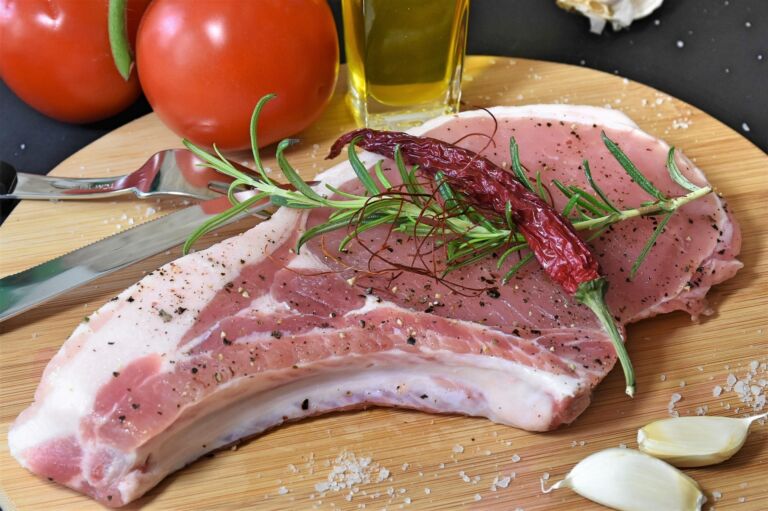What’s slimy, pink, and reportedly in 70 percent of the ground beef found in grocery stores?
The “pink slime” is made by gathering waste trimmings, simmering them at low heat so the fat separates easily from the muscle, and spinning the trimmings using a centrifuge to complete the separation. Next, the mixture is sent through pipes where it is sprayed with ammonia gas to kill bacteria. The process is completed by packaging the meat into bricks. Then, it is frozen and shipped to grocery stores and meat packers, where it is added to most ground beef.
The “pink slime” does not have to appear on the label because, over objections of its own scientists, USDA officials with links to the beef industry labeled it meat.
“The under secretary said, ‘it’s pink, therefore it’s meat,'” Custer told ABC News.
Pink slime became a cause célèbre of “Food Revolution” and “Naked Chef” star Jamie Oliver, who publicly called on fast-food chains to disavow use of the additive. Earlier this year, McDonald’s joined Taco Bell and Burger King in rejecting pink slime.
Regardless of whether the stuff is indeed “safe” to eat (there has been some talk of it being linked to salmonella and E. coli, which may or may not be true), its critics are right that not only is it not meat, but more generally, it’s disgusting. Its removal from McDonald’s et al. is a triumph of a public outcry shaming a private institution into doing the right thing.
Meanwhile,
The USDA, which plans to buy 7 million pounds of Lean Beef Trimmings from BPI in the coming months for the national school lunch program, said in a statement that all of its ground beef purchases “meet the highest standard for food safety.”
We know all about the high standards of the school lunch program, where a governmental chicken nugget is deemed more nutritional than a parent-provided turkey sandwich.

